AI can make disaster response faster, smarter, and fairer — if we let it.

When disaster strikes, communities should be able to count on rapid and effective federal support. But too often, the processes designed to help them recover are delayed by outdated processes and bureaucracy. In the wake of a major flood in South Carolina, one local mayor told us, “It took 4 years and 2 approvals to […]
2024 in review
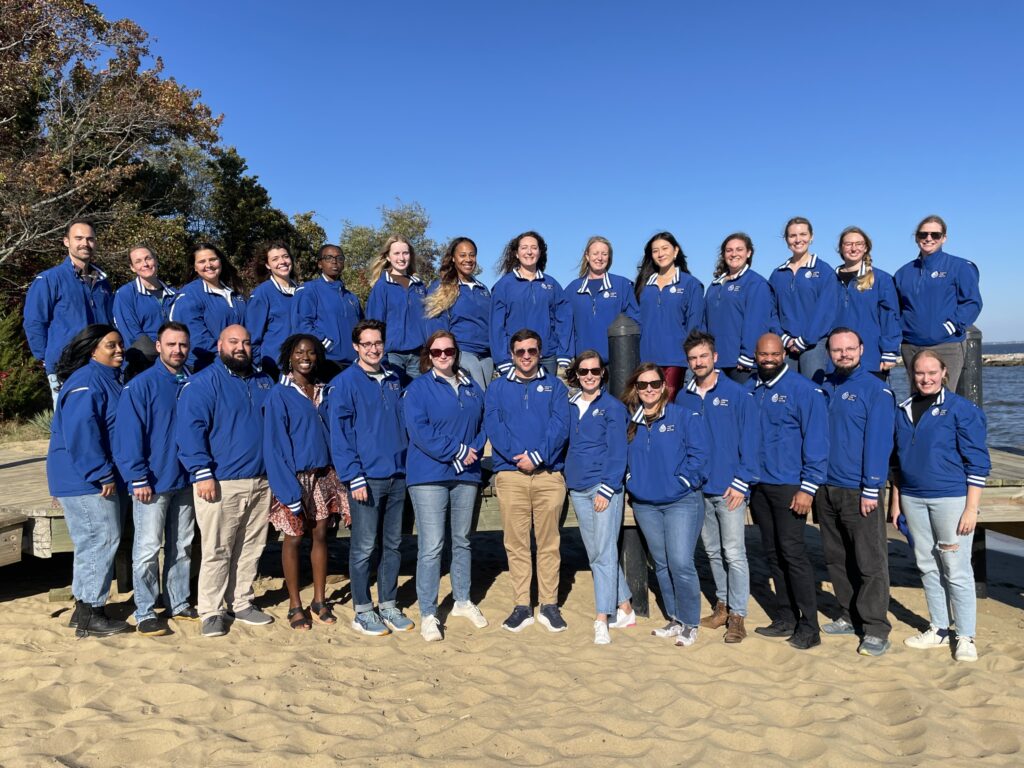
With historic flooding across the country, including severe storms in the Midwest and devastating hurricanes in the Southeast, 2024 showed the need for flood solutions in every community. Despite these challenges, this year we saw all levels of government build flood resilience: Communities planned flood projects, states invested in resilient infrastructure, and we worked with […]
2023 in review
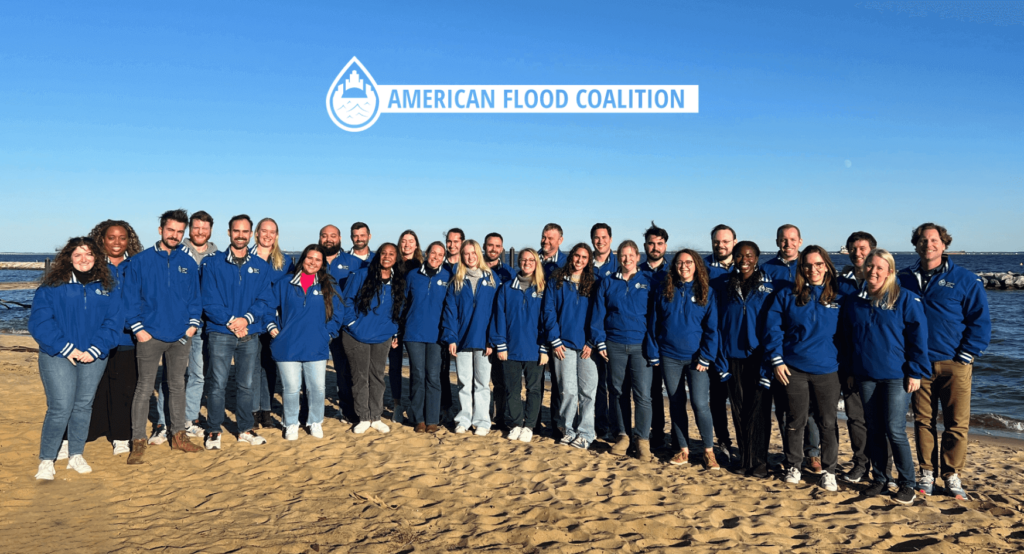
As the year ends, we look back on achievements in flood resilience during 2023.
Q&A: Building resilient infrastructure starts with flood models
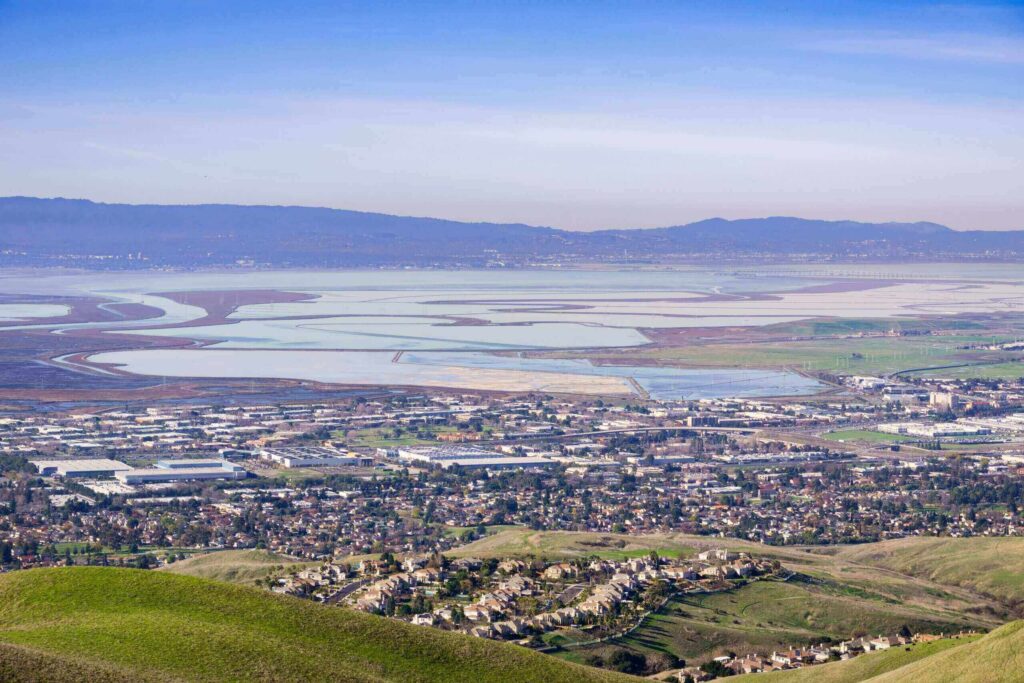
To better understand what goes into flood models, we talked to Liz Perez, president and founder of Collective Water Resources, LLC.
Incorporating fairness into emergency management
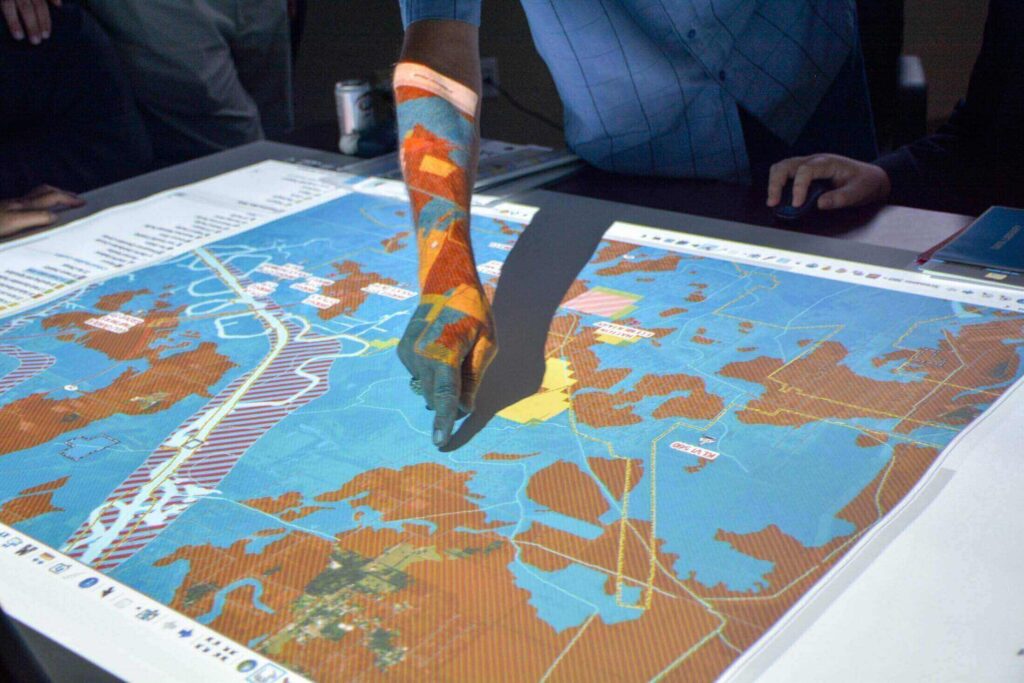
AFC Senior Advisor Chauncia Willis discusses how emergency managers can equitably serve vulnerable populations.
AFC leads low-cost flood projects in two local communities
American Flood Coalition spearheaded two innovative, equitable, and nature-based flood resilience pilots in AFC member cities
2022 in review
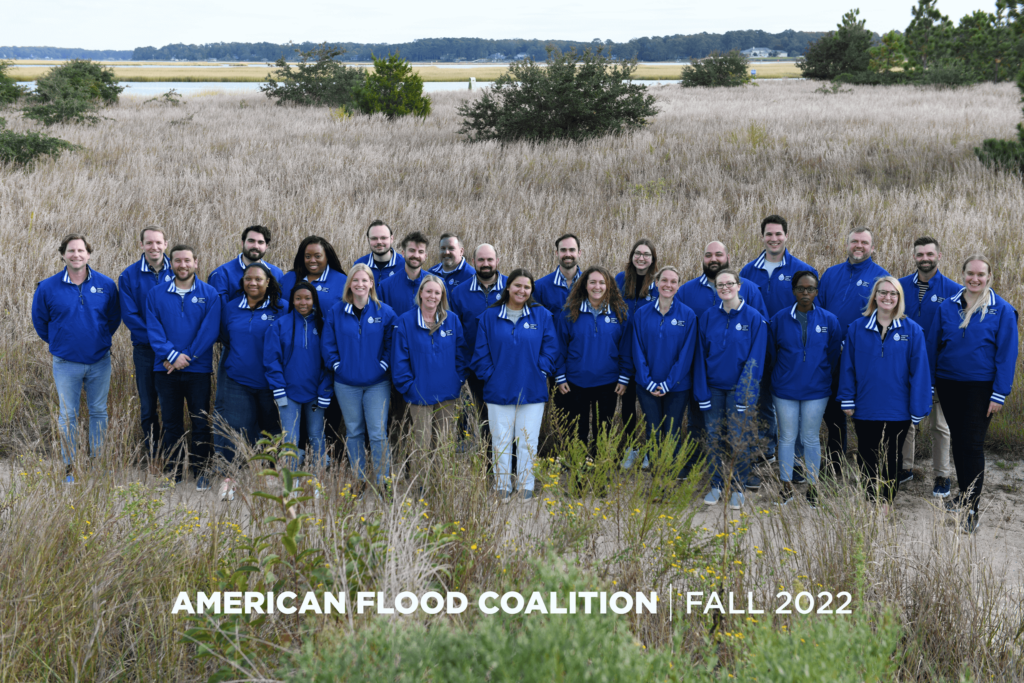
As the year ends, we look back on achievements in flood resilience during 2022.
AFC pilot: Innovative farming practice can reduce flooding
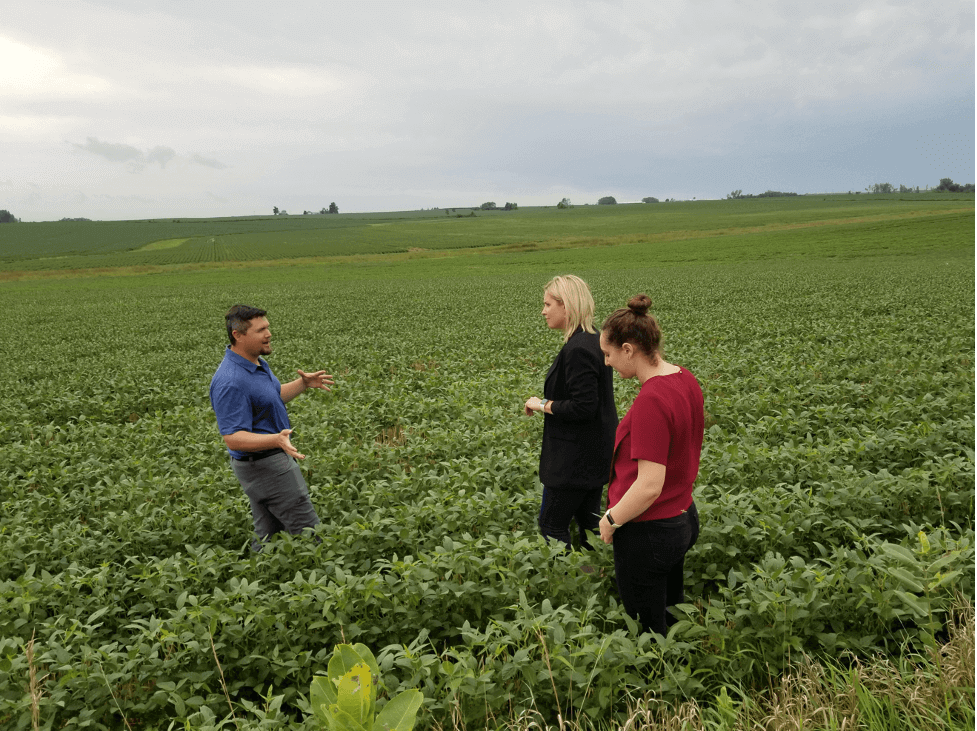
AFC was proud to fund and launch an innovative multi-cropping project in Northeast Iowa.
State Resilience Retreat brings together leaders from 15 states
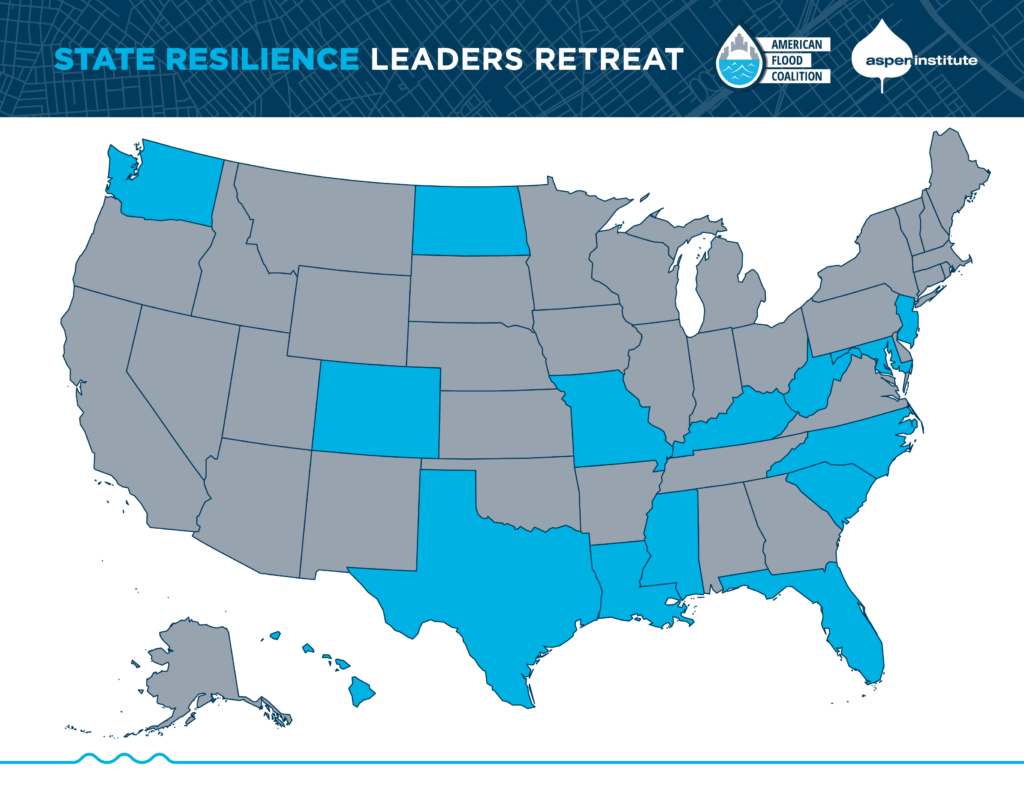
AFC convened participants, with positions ranging from chief resilience officer to directors of state agencies and departments.
What communities can learn from the Bee Branch flood project in Dubuque, Iowa
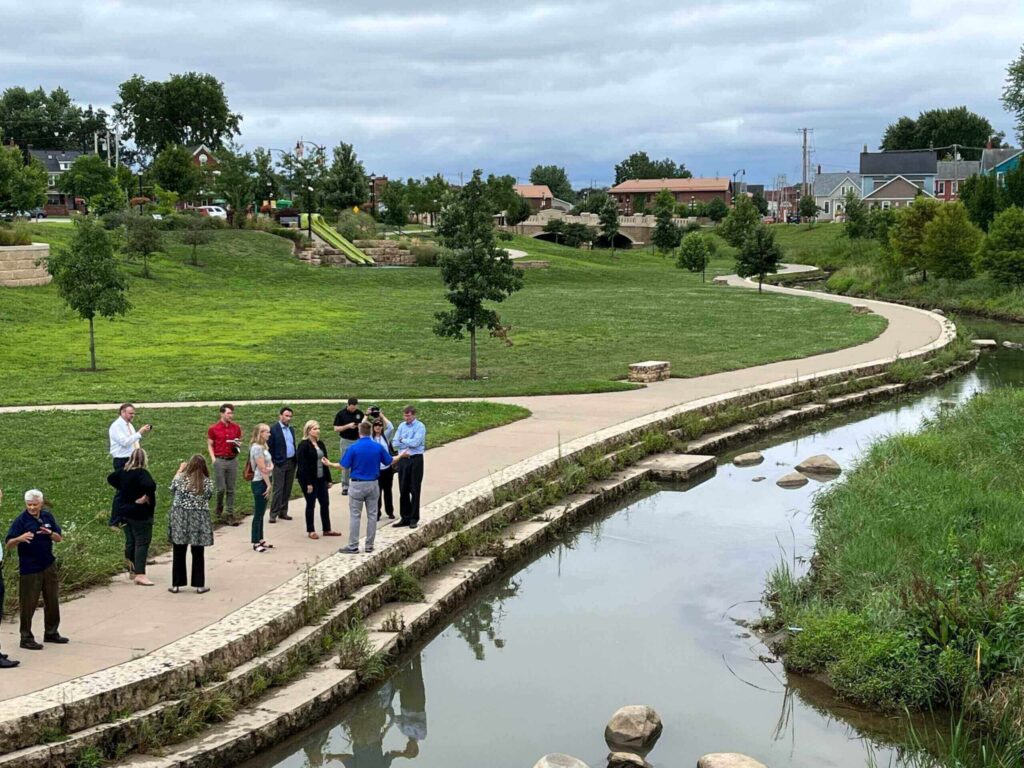
Dubuque’s Bee Branch Watershed Mitigation Project can be a model for similar-sized cities dealing with their own flooding challenges.


